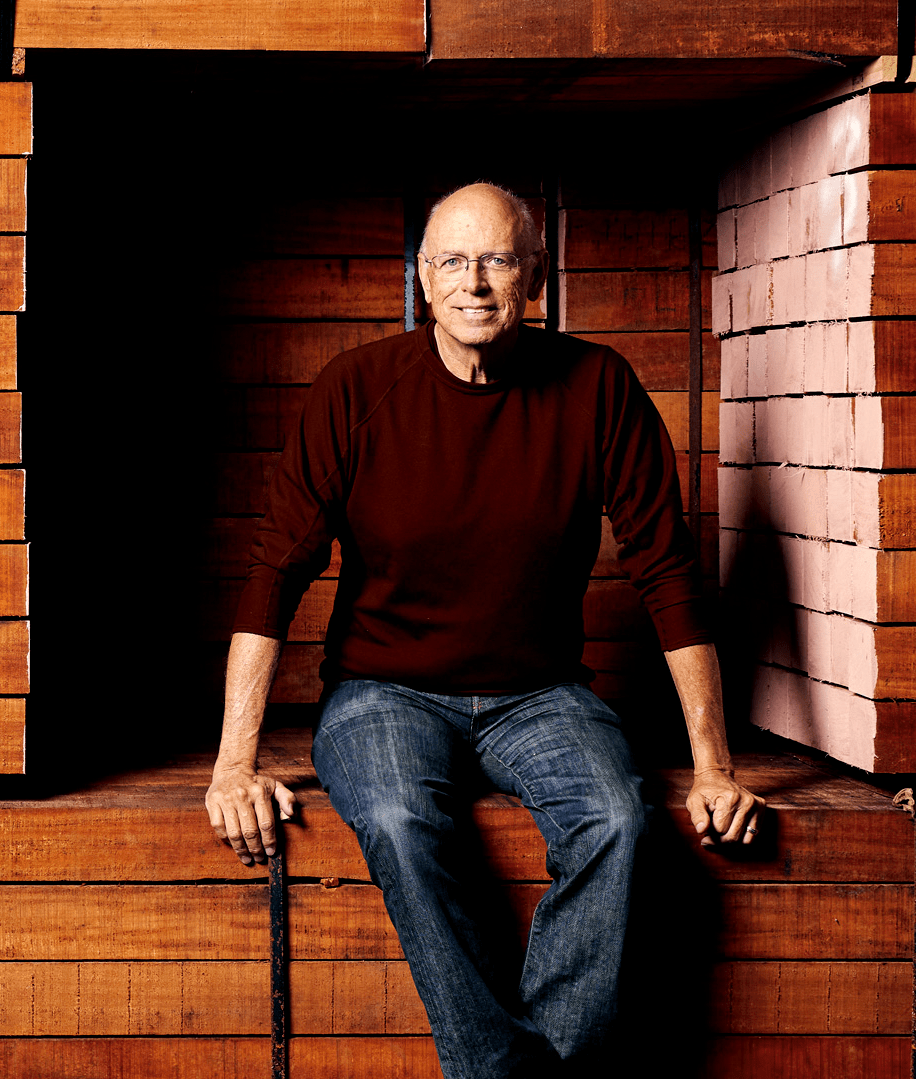This year, Valentine’s Day marked 11 years since I first landed in Cameroon and started an adventure in business — the Crelicam ebony mill — with a wonderful team to work alongside. I never imagined before that day that a venture like this would be part of my life. Exciting and full of promise, it started out in innocence and naiveté, and while it grew surprisingly difficult with each year, it also grew more rewarding. We still toil each day to solve what comes our way there, but I know I would do it again, especially if the same team of people was there to help. I can’t imagine a better group.
Just the idea of using ebony with brown streaks has helped pave the way for living within the realities of the forest, even when it comes to other species of wood. Today is likely the easiest day there will be for ages to obtain properly sourced guitar woods, and I say that because tomorrow will be more difficult — it’s a given. And the day after that more difficult. But today’s guitar players help ease that, as they are becoming more enlightened on how these days are different than the old days and are more accepting of cosmetic differences.
A current exception to the above statement of today being the easiest day for obtaining quality wood could very well be koa. This edition of Wood&Steel will not only introduce you to our new 700 Series, made from koa, but also to Siglo Tonewoods through a great article by editor Jim Kirlin. Siglo Tonewoods was co-founded by Pacific Rim Tonewoods and Taylor Guitars about seven years ago. We’ve been busy working since then and have some things to report.
From your end, you see nice wood on guitars showing up in guitar shops, and we like that. But from our end, it’s quite a strategic operation to find wood to cut while at the same time addressing the fear of cutting it all down and then having nothing. What do you do then? Stand back in surprise and wonder how this happened? It’s happened with so many other species, but we have a very good chance to change that with koa. How?
Enter Steve McMinn. Now that will be the least favorite sentence in my column if Steve reads this, as he doesn’t like accolades, but truly, he’s the one who can put together and enable a team to work together to solve this problem. Steve isn’t just interested in planting trees, he wants to grow them. And he’s not interested in growing bad trees, he wants them to be good. The Siglo team is doing just that. Steve and I will be dead when the proof comes, but we hope for good indications along the way that the work is successful and worthy.
Imagine what it takes to make a seed that always produces the tomato you expect. Now imagine what it takes to come up with seeds to make good koa trees.
Imagine you’re planting a vegetable garden. And you choose all your seeds from a catalog that promises specific outcomes and also promises they’re right for your local conditions. If you’ve done that, and many of us have, even if just with a tomato, did you ever wonder how those seeds got into that little envelope and how they can promise what you can expect? If not, you might wonder that right now because while we take that as a given, it wasn’t always that way.
Horticulturists had to develop those seeds. Imagine what it takes to make a seed for a seedless watermelon! Or a seed that always makes the tomato you expect. Think about it. And now that your mind is working, imagine what it takes to come up with seeds to make good koa trees. At least the watermelon will tell you in four months whether you failed or succeeded. The koa will take 25 to 50 years, and so it’s quite a bit more difficult.
To make matters a little worse, for hundreds and hundreds of years, people have tended to cut the best trees first, in many cases causing the forest’s genetic health to decline as a result. For many species, the best trees, which make the best seeds, are long gone. Only the lesser trees are left.
But there are methods to address this, as well as people with knowledge and talent. And like a great band that doesn’t have trouble attracting good musicians because it would be an honor to play with that band, our team is great enough that smart people see that and want to join and help. It’s attracted great talent. I was privileged to be able to buy a wonderful piece of land with great soil for us to plant our own trees on, plus we sell koa guitars, which drives the economic engine, but don’t think I’m the one who knows how to develop quality tree characteristics and then plan, plant and tend what will become an incredible forest.
I like to give credit where credit is due. I’m thrilled that we’re able to introduce you to our Siglo Tonewoods and Siglo Forest in this issue. There’s a great video about Siglo that Steve and the team worked to produce. I’m proud of the work there, and honored to be a part of it, and would like to extend my thanks and admiration to the Siglo team, which is broad and capable. Thank you all. You know who you are.
